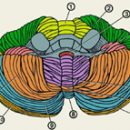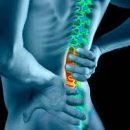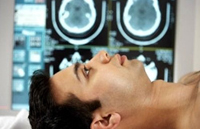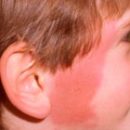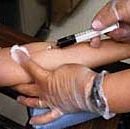In the diagnosis of intracranial hypertension, the results of an objective inspection and data obtained with additional research methods. Treatment is aimed at reducing the volume of spinal fluid.
Content
Methods for diagnosing intracranial hypertension
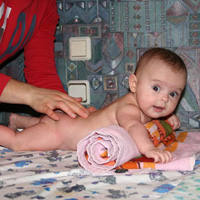 In order to inform the diagnosis of increased intracranial pressure except the data of the inspection and an objective examination, it is necessary to conduct an additional examination. In children of breasts, a ultrasound study of the brain through the spring, a regular measurement of the speed of increasing the head of the head, dynamic (re-) surveys from a neuropathologist, and, if necessary, consult a neurosurgeon.
In order to inform the diagnosis of increased intracranial pressure except the data of the inspection and an objective examination, it is necessary to conduct an additional examination. In children of breasts, a ultrasound study of the brain through the spring, a regular measurement of the speed of increasing the head of the head, dynamic (re-) surveys from a neuropathologist, and, if necessary, consult a neurosurgeon.
Resistant increasing increase in the capacity of the cerebrospinal fluid, which is accompanied by an increase in brain ventricles, is called hydrocephalus. Hydrocephalus requires rapid and serious treatment.
Most of the parents are older children who are diagnosed «Hypertensional-hydrocepal syndrome», come to a doctor with complaints about the fact that the child cannot stop for a long time in one place (doctors call it hyperactivity), emotionally labilene, easily distracted, impulsive, quickly tires, often complains of headaches that are often accompanied by vomiting. Often the disease is manifested by breaking sleep.
To clarify the diagnosis, an extreme view of the Eye DNA EchoHentznefalography is prescribed. If pathological changes in the discs of optic nerves are found, magnetic resonance imaging is necessary, or computed tomography.
Treatment of increased intracranial pressure
In the treatment of perinatal encephalopathy, in no way accompanied by a resistant increase in the capacity of the spinal fluid, to the appointment of diuretic drugs they rarely resort. In this case, treatment is carried out aimed at improving blood circulation, and, therefore, the nutrition of the brain.
In the treatment of the consequences of perinatal encephalopathy, except medicines physiotherapeutic treatment methods - massage, healing physical education, swimming. If the diagnosis of intracranial hypertension is delivered in the first year of life, at an older age, such children develop low brain dysfunction in more often. In the treatment of this state, drugs that improve blood supply and nutrition of the brain are used (so-called nootropic drugs). If necessary, prescribe sedative drugs, vascular preparations and vitamins.
Treatment is selected individually, since disease manifestations are different. In most cases, massage, healing physical education, needleflexotherapy, intensive music and therapy, laser, electrophoresis, dry immersion.
Positive therapeutic effect is achieved with the joint work of a neuropathologist and a psychologist (or neuropsychologist).

